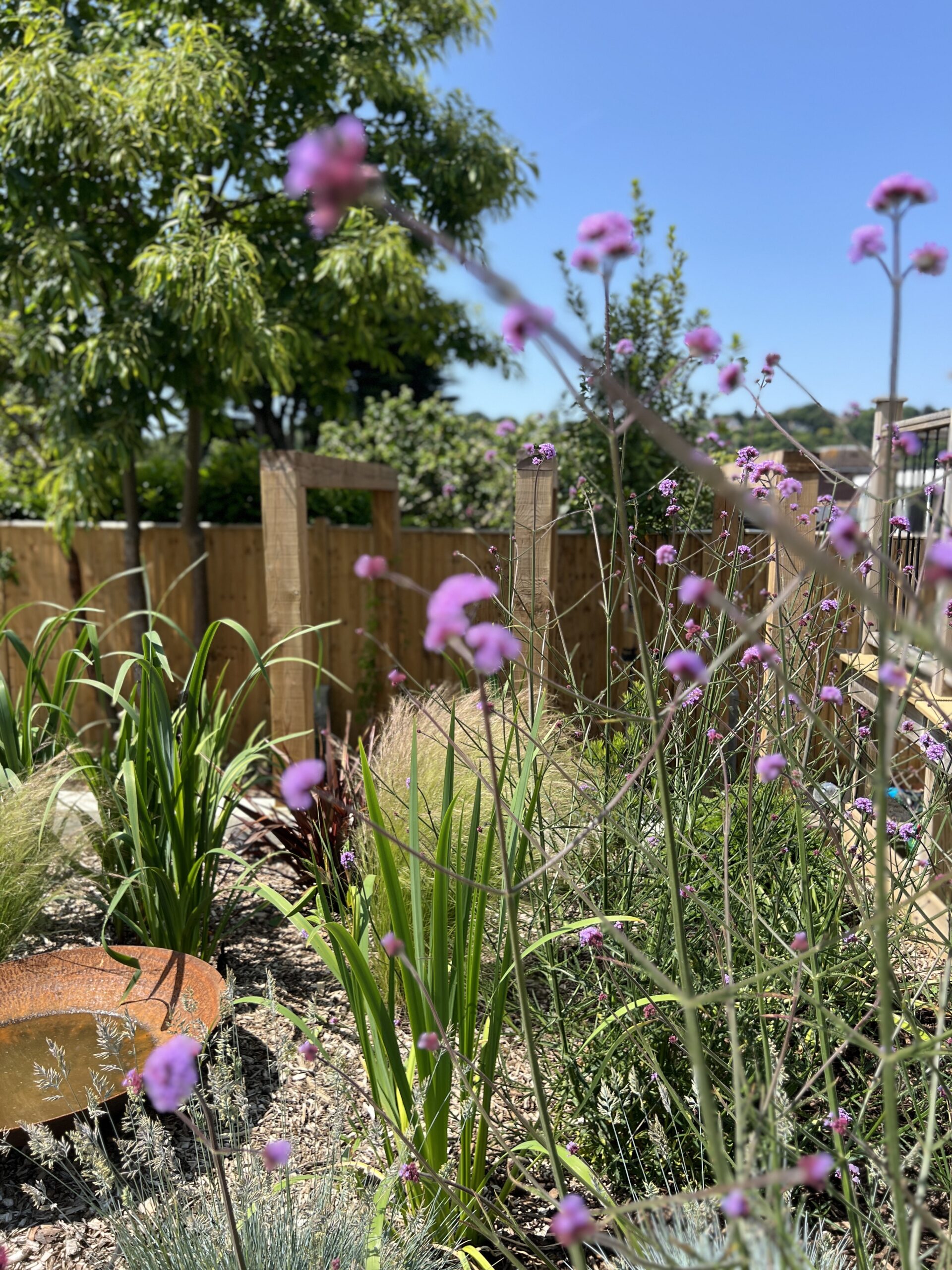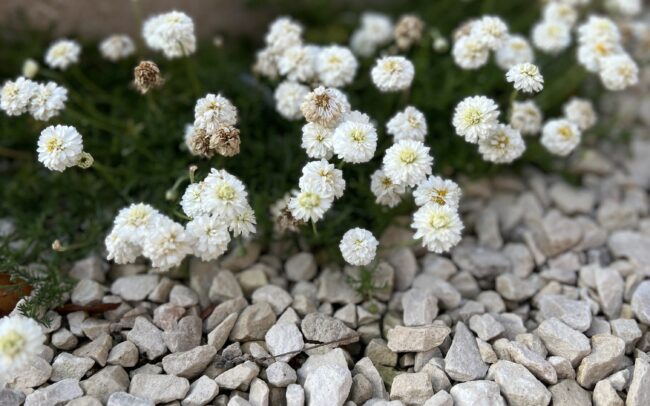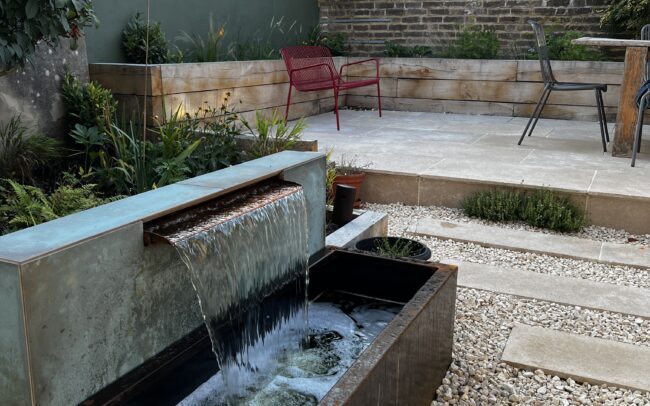Gardening for Work-Life Balance
Gardening for Work-Life Balance: How Micro‑Moments Outdoors Re‑write the Working Day
Garden Time, Mind Time. There’s a moment, usually around half four, when the home office air turns stale. Your shoulders have crept up, eyes feel grainy, and the ping of yet another notification lands like a dropped fork in a quiet café. We all know that feeling, and we all have a medicine cabinet of modern fixes—espresso, scrolling, maybe a quick doom‑tidy of the kitchen. Yet the fastest, cheapest remedy might be sitting just beyond the back door.

“The simple act of stepping outside and touching a leaf resets my brain faster than any mindfulness app.”
— Victoria Rumens, Studio Hummingbird
A garden isn’t just a hobby; it’s a boundary line
For decades psychologists have warned about the “bleeding edges” of work and home life. We check emails in bed, write proposals at the dining table, blur personal and professional until everything feels half‑done. Gardens, however small, create a literal threshold. Step over it and your brain registers a space that isn’t lit by LED, isn’t filled with rechargeable plastic rectangles, and doesn’t ask you to be anything except present.
It’s why one minute spent stroking rosemary can lower cortisol more effectively than a five‑minute social‑media break. Plants don’t care who you’re trying to impress; they just grow, flower, fade, and restart. That predictable cycle is a soft lullaby for a nervous system that’s tired of unpredictable demands.
The magic of micro‑rituals
Big gardening projects are rewarding—lay a terrace, build a pond, celebrate on Instagram—but they’re not realistic daily pick‑me‑ups. What we all need are tiny, repeatable actions that mark the end of “task mode” and the start of “living mode”. Below are ten that fit into the crevices of the day. None requires more than five minutes; most can be done in slippers.
1. The Two‑Minute Dawn Patrol
Before the kettle finishes its angry dance, push open the patio door. Breathe air still holding last night’s coolness. If you have grass, walk across it and notice the damp gather between toes. Stroke one leaf—any will do—and say a silent good‑morning. That single tactile moment sends a quick pulse down the vagus nerve, telling your heart it’s safe to slow.
2. The Laptop‑Shut Snip
Finish your last Zoom, close the lid, and pick up secateurs. Snip three faded blooms. It doesn’t matter whether they’re roses or leggy petunias; the important part is the repetition: snip, drop, snip, drop. It’s the horticultural equivalent of clicking “save and close”.
3. The One‑Chair Rule
Place a lone chair in a quiet corner—under the apple, near the compost bins, anywhere you rarely sit. A single seat is powerful: it says nobody expects conversation, explanation, or performance. Sit for three minutes. Listen to birds quarrelling over crumbs. If thoughts intrude, name one scent in the air.
Why tiny tasks beat big plans on weekdays
Brain imaging shows that short horticultural tasks trigger alpha waves linked to creative problem solving. Five minutes deadheading may unlock a knotty work idea better than another half‑hour at the screen. Meanwhile the reward centre fires—there’s still something joyous about “cleaning” a plant and seeing it instantly tidier.
Longer garden jobs—digging beds, planting a hedge—can slide into the weekend when there’s time to be absorbed. Weekdays benefit more from pinprick doses: a stretch here, a sniff there, like quick‑release vitamins for the nervous system.
4. The Sundowner Soak
Swap the flimsy spray nozzle for a long spout watering can. Choose two evenings a week to give containers a deep drink as the sun drops. Each pour should last the length of one slow out‑breath. Between pours, sip whatever you fancy—iced water, kombucha, a crisp white. The rhythm teaches patience and prevents the frantic dash we call “watering” but plants call “hand‑washing”.
Tiny diversion—Meet Alison. A client who confessed she used to water her pots like she cleaned her teeth—same motion, same speed, same thought‑free glaze over the eyes. She adopted the Sundowner Soak, swapped toothbrush haste for slow pours, and found she stopped thinking about work halfway through the first can. Her pelargoniums noticed too; the foliage went from pallid to glossy in a fortnight.
5. The Five‑Weed Gratitude Sweep
Pick a one metre square patch. Pull precisely five weeds. After each, thank the day for something small: a good sandwich, a supportive text, finishing an invoice. Done. Five weeds won’t dent the border but they will dent the myth that you’re never “doing enough”.
6. Pocket‑Size Aromatherapy
Place one fragrant plant somewhere en‑route to the bins—perhaps a pot of lemon thyme or mint. Every time you carry out recycling, crush a leaf and inhale. Bin duties become spa moments.
Gardens as meeting rooms—without the chairs
Remote work has re‑shaped office life, yet the outdoors can host meetings too. One client swears by “phone‑call laps”: she paces the lawn perimeter during routine catch‑ups, headset on, eyes scanning plants. The mild movement improves tone of voice; the surroundings keep stress down.
If pacing feels odd, try “bench summaries”. When a long call ends, walk outside, sit on a bench, and voice‑note the meeting summary to yourself. Speaking while looking at greenery consolidates memory and reduces the urge to re‑read every detail later.
7. Friday Posy Ritual
End the working week by cutting three stems for the kitchen table. Doesn’t matter if it’s fennel flowers and oregano or a single hydrangea head—symbolism matters more than scale. The act says, “Week complete, weekend loading.”
When daylight fades
Short winter days tempt us to hibernate indoors, yet moonlight is a tonic all its own. A brief step outside at 10 p.m. works like a palette‑cleanser after a heavy meal—eyes adjust, breaths deepen, screens feel distant. Night‑scented plants such as Nicotiana or evening‑primrose release fragrance you’d otherwise miss.
8. Moonlight Micro‑Pause
Open the door, stand still for two breaths. Note one sound—distant traffic hush, leaves stirring, an owl. That’s it. Bedtime will feel gentler.
Anchoring progress with pictures
Humans discount gradual change. A border transformed over months still feels “unfinished,” because memory edits slowly. Photographing the same spot monthly builds indisputable evidence of progress.
9. Snapshot Diary
Pick one vantage point—patio door, bedroom window—and shoot a photo on the first Saturday of every month. Store in a dedicated album called “Year in Bloom.” By December you’ll have a time‑lapse reminding you that steady, slow effort beats erratic bursts.
A word on accessibility and inclusion
Not all bodies bend the same. Raised beds, wide paths, and seating at potting height make all the rituals above easier for anyone with limited mobility. Rayner, a client in Worthing, began planning her revamp with us in winter precisely to remove a tricky split‑level lawn. By spring she had a gentle, step‑free garden that invites movement instead of discouraging it. Micro‑rituals became possible again, gardening for work-life balance: rosemary at elbow height, watering cans stored waist‑high, seating staggered along the path. We have interviewed Rayner (counsellor at Moments of Muddle) about how she feels after her garen transformation. Watch what Rayner has to say about her garden created by Studio Hummingbird here.
What if your garden isn’t set up for quick wins?
Sometimes, no amount of micro‑rituals can mask design flaws—awkward levels, sunless patio, storage at the far end. If every trip outside feels like a reminder list of “shoulds” (should relay slabs, should move shed), it’s hard to relax. That’s when a bigger plan brings relief.
Begin with pen and paper. Map sunlight, note bottlenecks, mark where you naturally pause. Even a crude sketch clarifies options. Then decide whether DIY tweaks—shifting containers, adding a bench—will do, or whether professional help might leapfrog months of trial and error.
Putting it all together
Work‑life balance isn’t a destination; it’s an hourly negotiation between obligations and rest. Gardens tilt the scales, not by removing work, but by placing refreshment metres from the laptop. Practise one ritual, then two. Mix them until they feel like brushing teeth—habit so ingrained it ceases to be a task.
And when bigger changes beckon—terrace, pond, planting overhaul—start in winter. Suppliers are available, designs can simmer, and by the first warm evening of spring you’ll step into a space ready to serve you, not stress you.
Book a Friendly Discovery Call
If that prospect sparks excitement, we are always happy to chat ideas.
A 30‑minute chat costs nothing and often leaves people with three fresh ideas they can act on straight away.
Sometimes conversation uncovers the simplest fix; sometimes it lays foundations for a garden that changes daily life—as it did for Rayner.
Until then, may your summer days be long, your watering mindful, and your garden the best “out‑of‑office” you could wish for.





